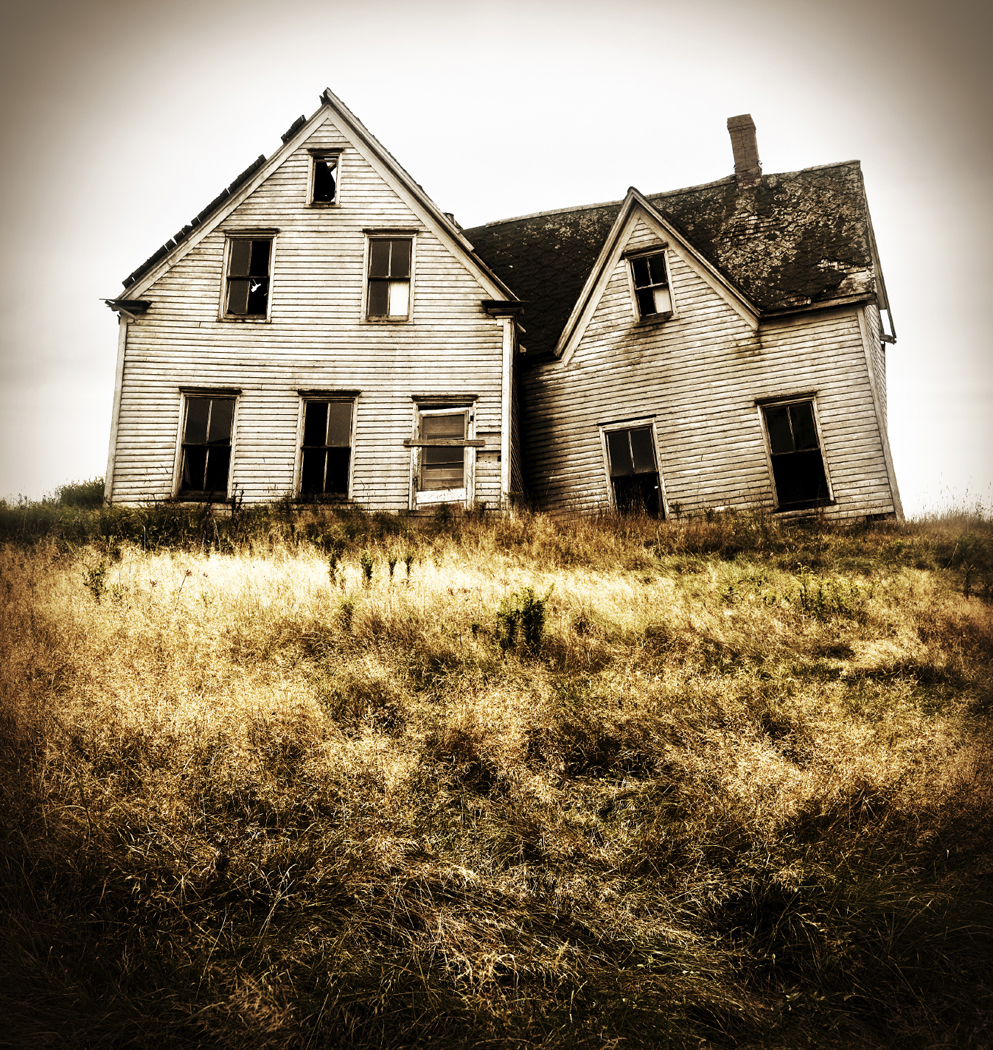Why what you buy is as important as where you buy.
So you’ve decided to buy a rental  property and you are working with an agent to find that “right” property to purchase as a rental for others to live in. What makes a good rental? A lot of real estate agents appear to believe that distressed properties that they are not having much luck selling to others make good rental properties. Even when I worked as a licensed realtor in California, I would never have encouraged an investor to invest in distressed property for a rental, unless that investor was willing to restore the property to pristine condition after a thorough home inspection that identified all of the issues with the property and a commitment to restore and repair those as new.
property and you are working with an agent to find that “right” property to purchase as a rental for others to live in. What makes a good rental? A lot of real estate agents appear to believe that distressed properties that they are not having much luck selling to others make good rental properties. Even when I worked as a licensed realtor in California, I would never have encouraged an investor to invest in distressed property for a rental, unless that investor was willing to restore the property to pristine condition after a thorough home inspection that identified all of the issues with the property and a commitment to restore and repair those as new.
Any work not done on a distressed property, has the potential to create a habitability problem for a renter which will cause a landlord numerous headaches. Habitability includes heat, ability to cook, hot water for showers and a leak-free, safe shelter, though most local municipalities add substantially to this list and a rental owner must know what the local regulations are before proceeding to list a home for rent. It has been my experience that one of the first major items that is neglected in a distressed home is the roof. Roofs run in the tens of thousands to replace and most owners of distressed homes find that they are unable to pay for the basic repairs and maintenance to a home, let alone a several thousand dollar roof. If a roof is leaking at all, a home is uninhabitable and the roof must be water tight in order for it to meet the habitability requirements of a rental.
Another neglected area of a distressed home is the electrical wiring. As homes age, the electrical wiring often needs updating and repair. Many distressed homeowners neglect the wiring in their homes or can be unaware that there is even an issue with wiring. I purchased a three-floor, Victorian home where the third floor had not been used or lived in for decades. In fact, it had been sealed off to preserve the heat on the bottom two floors. When I opened it up to reveal the most beautiful rooms with authentic, Victorian wood details, I had to remove the old knob and tube wiring in order to make the third floor safe for habitability. The wiring problems were only apparent when we removed the old lathe and plaster (which was falling off the walls in chunks). The rest of the house had been rewired, but since the previous owners had no intention of using the third floor, they had not bothered to remove the old wiring and rewire that floor. Had I not engaged in the renovation of the third floor and left it sealed up, I may never have become aware of the old wiring issues on that floor of the home. Even though it may have been attractive to have tenants on that floor, without engaging in a proper restoration and removal of potentially dangerous conditions, it would have been irresponsible to have anyone residing in that portion of the house, even a family member.
These are just two examples of why purchasing a distressed home for a rental may actually be inadvisable. I sympathize with real estate agents who struggle to sell distressed homes, but they do not make suitable rentals unless the investor is willing to invest all of the money necessary to make the home completely habitable. It should also be a concern for an investor that even if a home is brought to code for habitability according to local regulations, parts of the home may become uninhabitable within a very short period of time after the tenant is permitted to move into the home, simply because of the age of the home and the lower urgency of those particular repairs. While the local government has regulations describing what constitutes a habitable home and those do protect tenants, rental income real estate investors should make sure that they always have the financial ability to maintain and repair a home within those regulations. That financial ability can become more challenging when a home is purchased with existing repair needs.
So, here is my list of what to do to make it easier for you to purchase a great rental property:
- Enlist the services of a real estate agent who understands what your financial ability to pay for repairs now and in the near future truly is.
- Be very clear about what repairs you are willing to make and what repairs you are not willing to make. While a distressed home may seem like a great deal, the longer it takes to repair the longer it will be before you can generate income and, even after the home is generating income, it is more likely that a larger percentage of that income will have to be set aside each month in order for an owner to anticipate and pay for repairs that will need to be made.
- If you cannot afford a home in your “preferred” neighborhood, try the neighborhood next door (assuming it also meets the “best places to invest” criteria, of course). A great real estate agent will never allow you to be narrow-mindedly specific about a neighborhood in which you should purchase a rental property, but will go over the pros and cons of investing in a general geographic area. This will help you find the best rental home your money can buy for the best rental return you can expect to achieve and without the headaches associated with major repair costs.
- If you are not a contractor, a lack of contractor knowledge can make a distressed home a money pit, rather than an income-generating investment. So, if you are still determined to purchase a distressed property, engage the services of a trusted contractor who can give you realistic and practical estimates for the necessary repair work to the property. Don’t allow the contractor to suggest cutting corners. Most reputable contractors will not allow you to do this, but investors are sometimes so concerned with the cost of repairs that they will ask a contractor if there are short-cuts to the repair issues. Don’t ask. In fact, someone without a construction background of any kind is well-advised to avoid a “fixer-upper,” in the first place.
- Buy the most house you can for the dollars you have and be willing to make minor repairs to bring the home up to code and fully habitable. Your tenants will appreciate a clean and safe home. One of the biggest errors a landlord can make is assuming that if the rent is low, a tenant will be willing to live in less-than-favorable conditions. This is not only short-sighted, it is illegal and can lead to a landlord being cited by the local authorities. If a home is cited by local authorities, the tenant may be asked to vacate the property, engage in repairs to the property at the cost of the rental income, or be due monies from the landlord. None of these situations is consistent with rental income property investment goals and should be avoided at all costs.
- Always keep in mind that your rental property is your tenant’s home. Yes, it is true that some tenants abuse rental homes and damage them without concern for the cost to the landlord, but if a landlord or property manager has done his or her due diligence with regard to tenant screening, then it is safe to assume that most tenants want a comfortable, clean and safe home for themselves and their families. We tend to have an emotional attachment to that place we call home and we deserve that place to be safe and secure. Great landlords can achieve long-term, tenant retention and timely rent payments by providing a home for a tenant, rather than simply a roof overhead (especially if that roof is leaky!)
